For tens of thousands of years, dogs have been in symbiosis with people across the vast range of Eurasia, but new genetic findings indicate that their history was tied to human migrations more closely than previously known. According to research published in Science, major cultural transitions, such as those of hunter-gatherers, early farmers, or Bronze Age pastoralists, were often accompanied by distinct movements of dog populations.
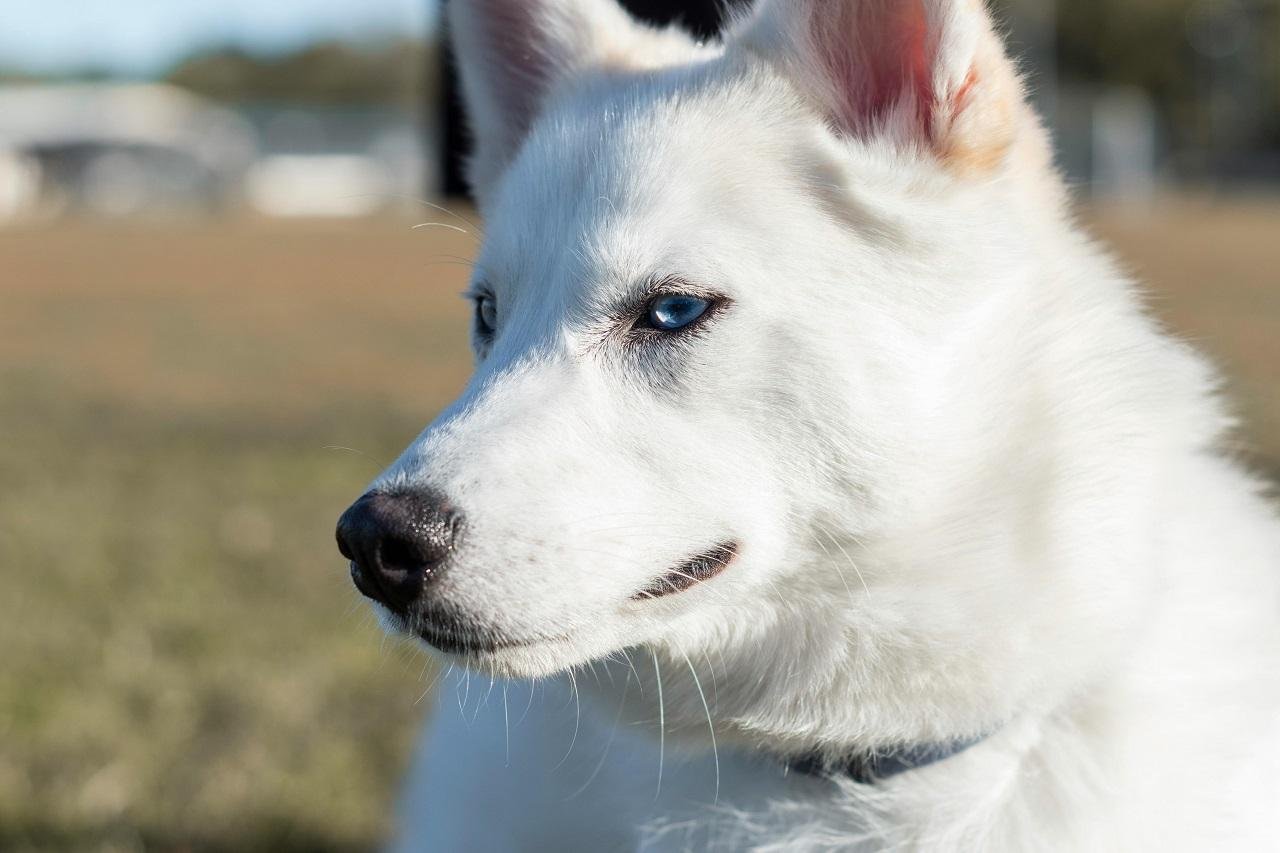
The analysis by the international team was based on 73 ancient dog genomes, including 17 newly sequenced specimens from archaeological sites stretching from East Asia to the western Eurasian Steppe. The animals lived between roughly 9,700 and 870 years ago, and for the first time, ancient dogs from China were included in the dataset. The researchers also compared this material with dozens of previously published genomes from both ancient and modern dogs.
The study showed clear genetic connections between specific human groups and the dogs that lived among them. Ancient canines shared patterns of ancestry with communities like Ancient Paleo-Siberians, Eastern hunter-gatherers, East Asian populations, and Steppe pastoralists. Such parallels indicate that as people moved, traded, or replaced earlier groups, their dogs moved with them—sometimes over remarkable distances.
One of the most striking examples comes from China’s Early Bronze Age, around 4,000 years ago: when populations from the Eurasian Steppe brought metalworking technologies into western China, genetic evidence showed that the newcomers were accompanied by their dogs, whose ancestry then quickly spread into the region. This co-movement reflects a broader trend: the deeper the researchers looked, the further back the partnership extended.

The signals of shared dispersal between humans and dogs extend at least 11,000 years into the past, when northern Eurasian hunter-gatherers exchanged dogs that were closely related to modern Siberian Huskies. These early interactions demonstrate that long before farming or complex societies emerged, dogs were part of extensive cultural networks.
The results emphasize that dogs were far from passive companions. They were embedded in the lifeways of various societies, moving alongside migrating groups and adapting to new environments, just as their human partners did. The genetic record shows that as Eurasian cultures transformed across millennia, the history of dogs evolved right alongside them, an intertwined story of movement, innovation, and long-term cooperation.



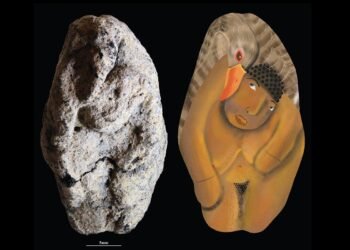

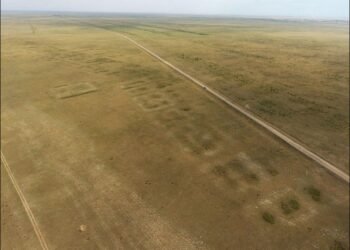
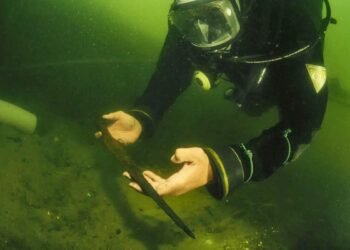
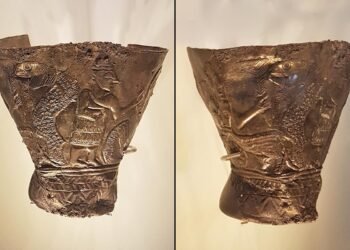
















Comments 0